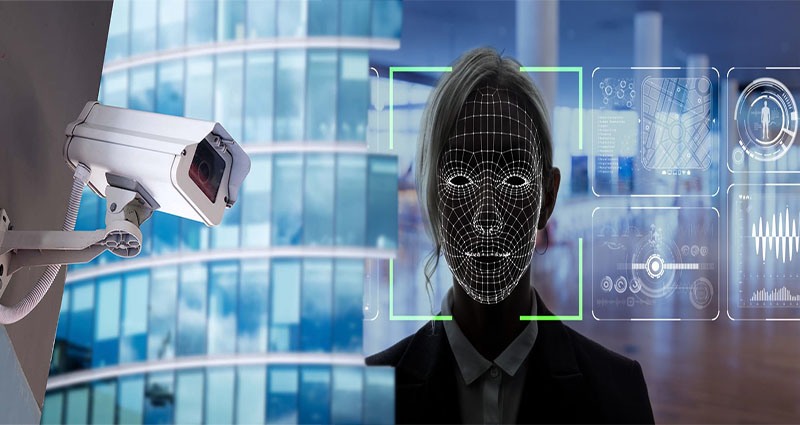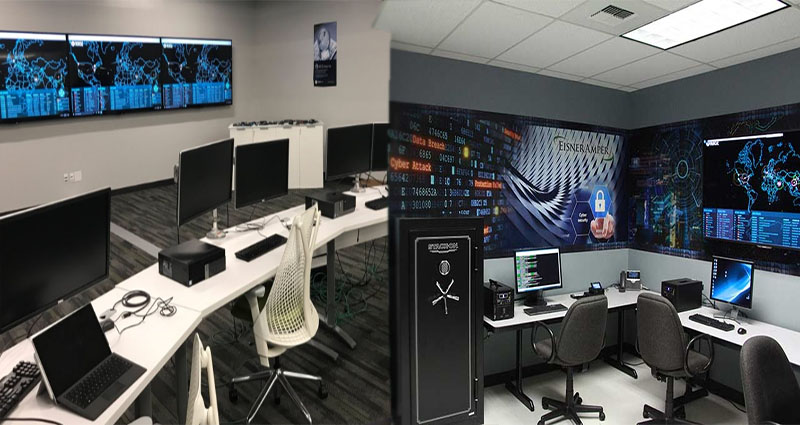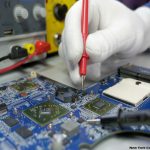Types of Surveillance
There are several different types of surveillance methods available. We’ll go over Active surveillance, Passive surveillance, Integrated surveillance, and biometric surveillance. Each has their own set of benefits and drawbacks. The purpose of this article is to give an overview of these different forms of surveillance, and how each can be used in public health. Once you’ve read this article, you’ll know how to choose the best surveillance method for your needs.
Active surveillance
Active surveillance is an ongoing process aimed at identifying and preventing disease outbreaks. These methods use various sources of data, such as emergency rooms, hospital and medical records, and immunization and lead poising prevention programs. They may also involve environmental data and pharmacy medication sales. The process begins with the definition of a case, which may involve fewer signs or expanded suspicions about a common cause. The next step is to collect relevant screening laboratory data.… Continue reading >>>











